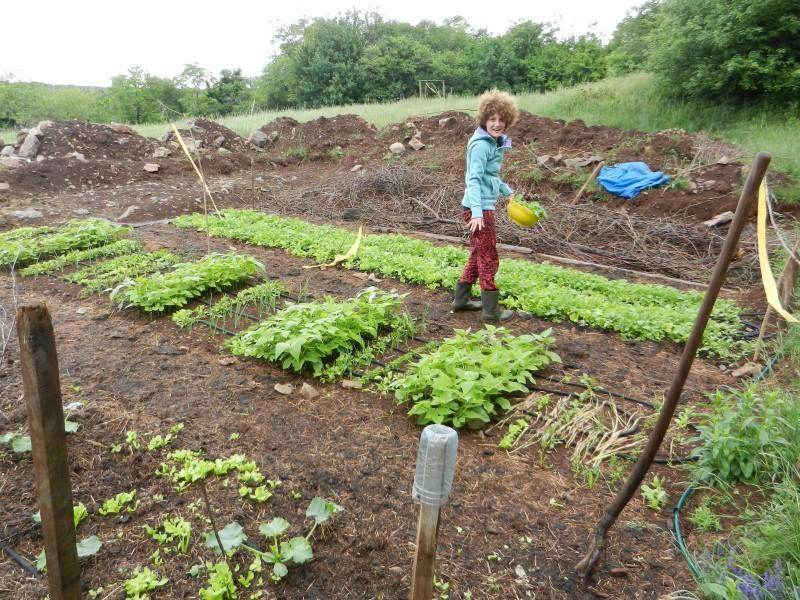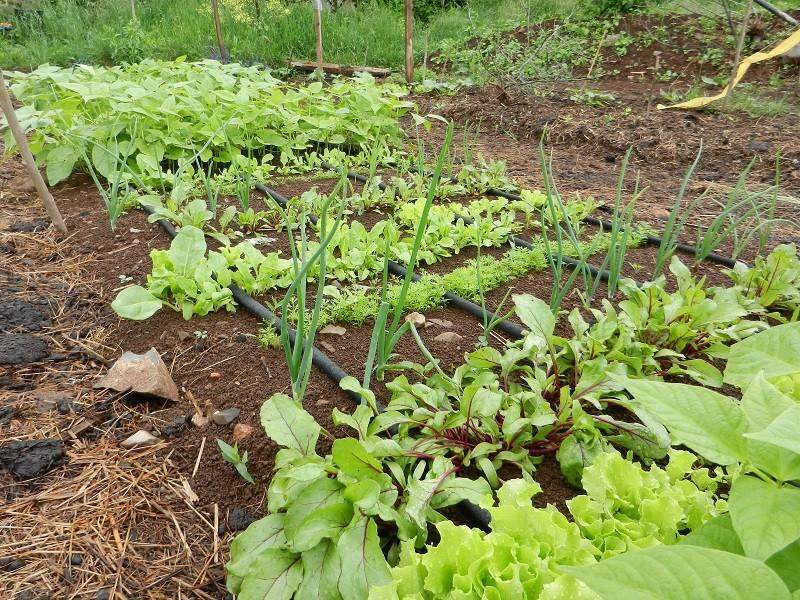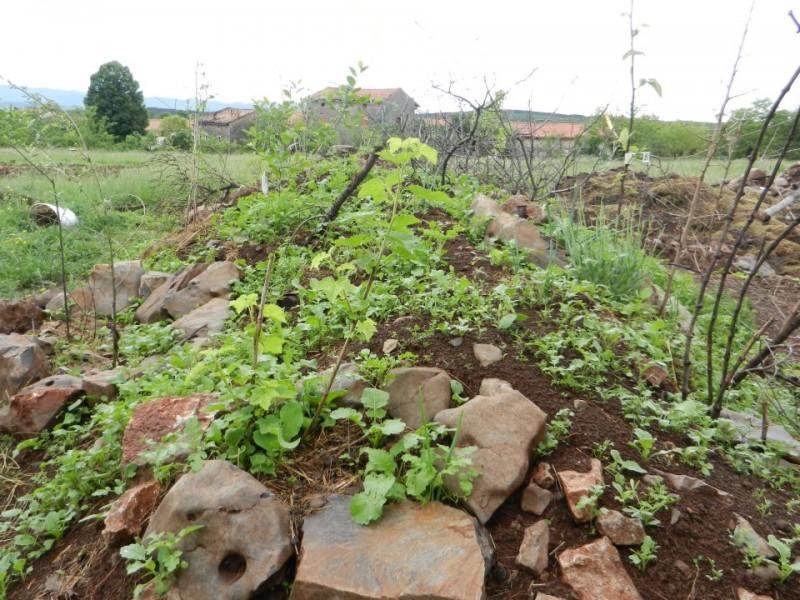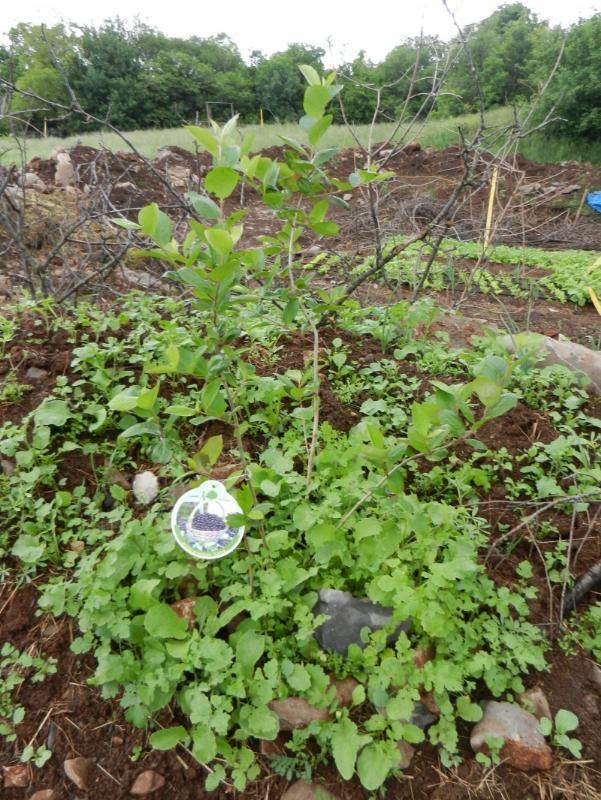




Marianne West wrote:

this is a picture of Sepp Holzer's work in spain. Looks like a hugelbed to me.
for many more pics go here http://www.krameterhof.at/Fotoalbum/spanien_2006/index.htm
Read more than writing and speak less.








Abe Connally wrote:
Mark Harris wrote:Yes a swale around 2ft high (with special water absorbing properties) makes perfect sense to me. In fact that is what I suggested on another thread a few weeks ago. But apparently Sepp Holzer said to Paul W.and others they need to be MUCH higher, and very steep sided to work properly.
well, maybe in their climates, but in an arid area, I doubt making them tall and steep would help anything, and at the very least, it would increase runoff in the first hard rain. A lot of the techniques for temperate areas don't translate to arid areas without modifications.
 4
4
















Marsha Hatfield wrote: as well as establishing some fodder trees

Idle dreamer




 3
3




 1
1




 1
1




 2
2




Subtropical desert (Köppen: BWh)
Elevation: 1090 ft Annual rainfall: 7"
















Subtropical desert (Köppen: BWh)
Elevation: 1090 ft Annual rainfall: 7"




 2
2




 1
1








 1
1




Xisca - pics! Dry subtropical Mediterranean - My project
However loud I tell it, this is never a truth, only my experience...

 1
1






 2
2








 )
)
 1
1




 1
1





"Permaculture is a philosophy of working with, rather than against nature; of protracted & thoughtful observation rather than protracted & thoughtless labour; & of looking at plants & animals in all their functions, rather than treating any area as a single-product system."-Bill Mollison












Abe Connally wrote:Tyler - that is the kind of experience I am looking for. Someone that has had a benefit from these in a dry climate.
Now, if we could have 1,000 more people like you, we could have some good data to review!

|
Grow your own food... or this tiny ad:
The new kickstarter is now live!
https://www.kickstarter.com/projects/paulwheaton/garden-cards
|







